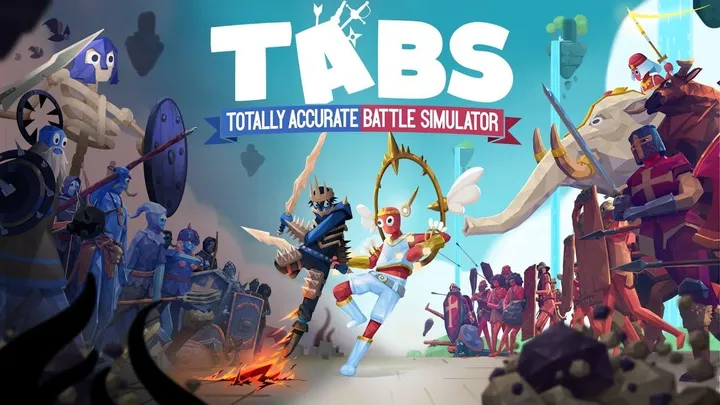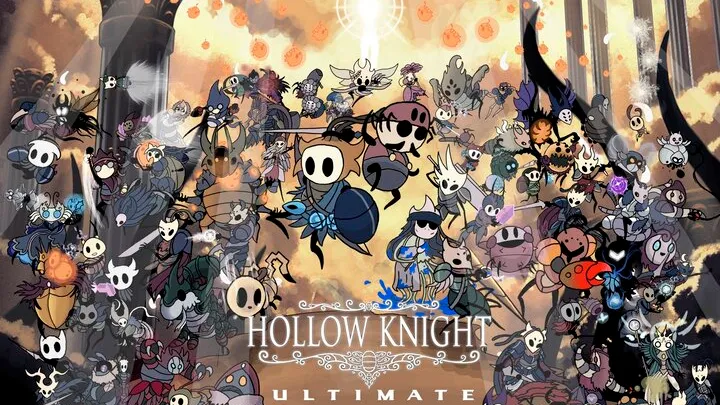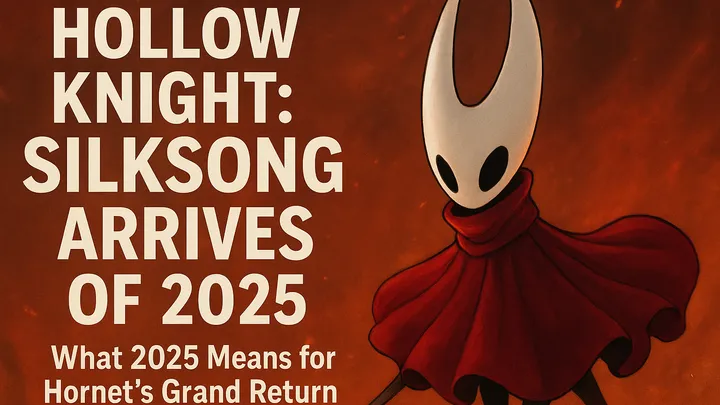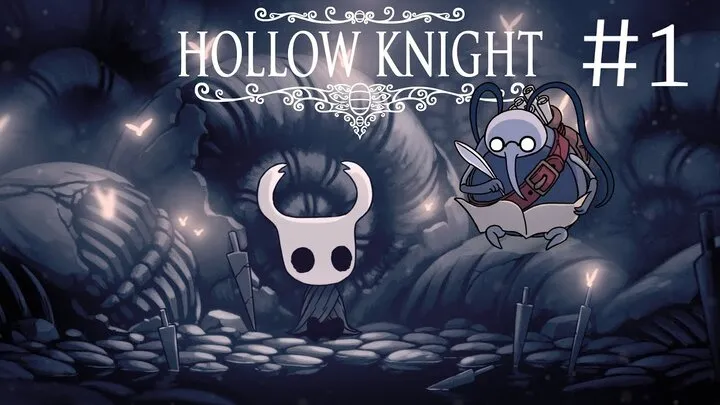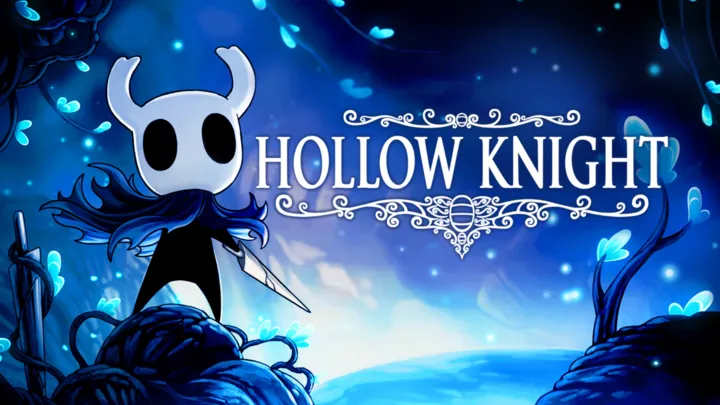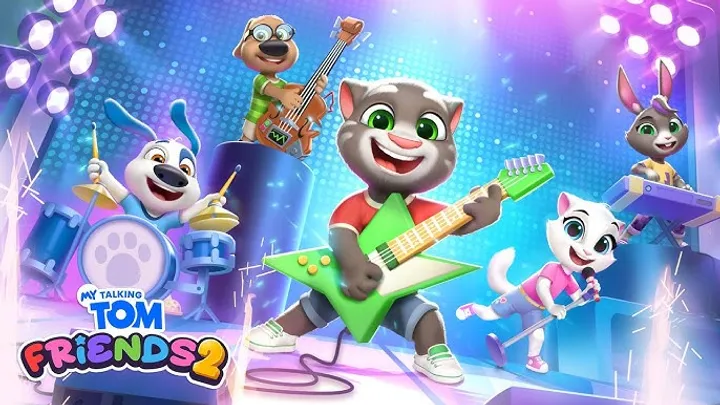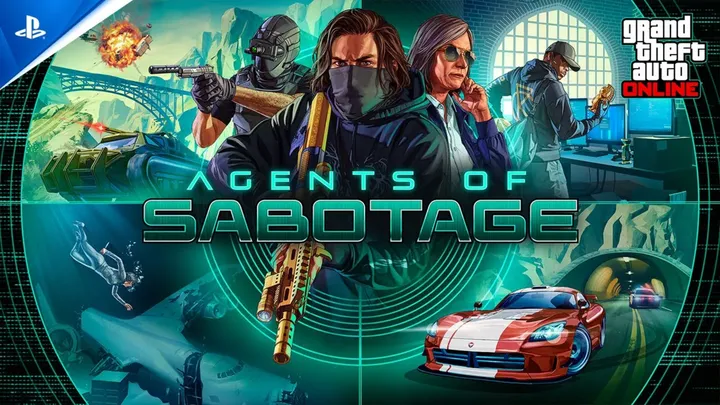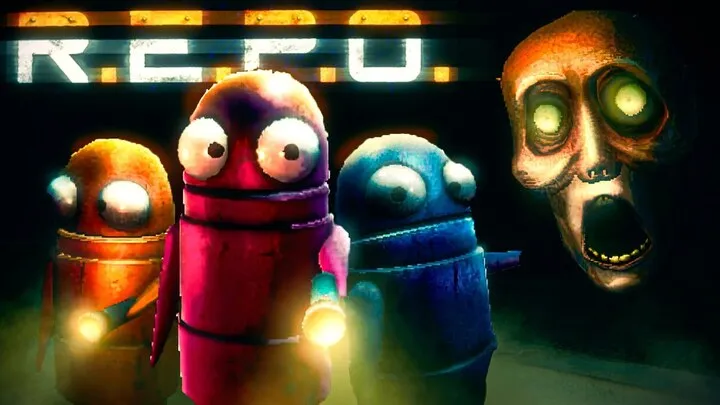One year ago, a simple survival game titled 99 Nights in the Forest appeared on the Roblox platform, seemingly out of nowhere. What began as a a simple, terrifying concept has since evolved into one of the most compelling and deeply engaging experiences on the platform. The game, created by a single, dedicated developer known as "Nightfall Studios," has not only captivated a massive player base but has also spawned a thriving community, intricate meta-strategies, and a unique place in the Roblox hall of fame. This report delves into the game's meteoric rise, its recent developments, and what the future holds for the millions of players attempting to survive just one more night.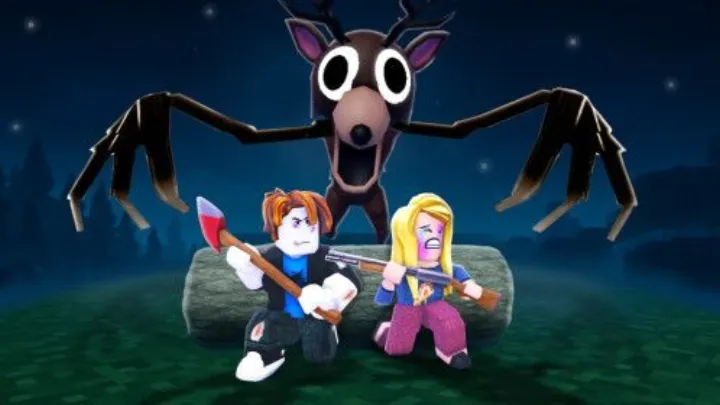
The Origins of a Phenomenon: A Single Developer's Vision
The initial launch of 99 Nights in the Forest was a testament to the power of a simple, effective idea. The premise was stark and compelling: survive for 99 nights in a procedurally generated forest filled with monstrous threats. The game's minimalist aesthetic, coupled with its terrifying audio design, created an atmosphere of constant tension. Unlike many survival games that rely on complex crafting and resource management, 99 Nights focused on the core loop of day-and-night cycles, forcing players to be resourceful and quick-thinking.
The game's initial reception was lukewarm, but a few key YouTubers and streamers discovered it, and the game's popularity exploded. The appeal was its high-stakes, roguelike nature. Every night was a gamble, and every death was a lesson. The game's success proved that a well-executed concept, even in a crowded market like Roblox, could find its audience.
Early Design Principles
The developer's focus on a few key principles set the game apart:
- Pacing: The game's rhythm, from the peaceful gathering during the day to the frantic survival at night, was meticulously balanced.
- Procedural Generation: No two forests were the same, ensuring that every run was a fresh challenge.
- Minimalist Interface: The UI was clean and unobtrusive, keeping the player's focus on the terrifying world around them.
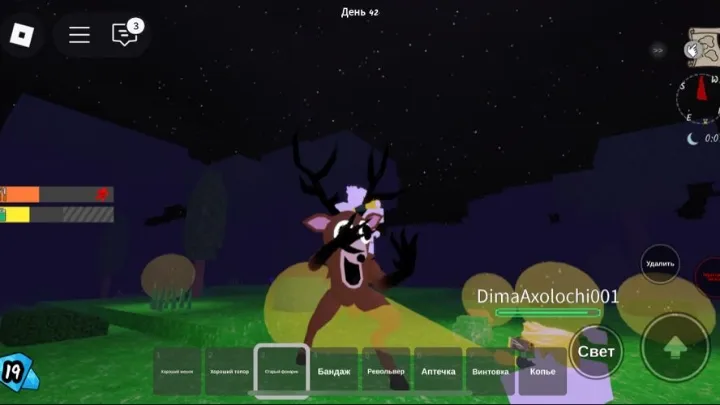 The First Nights: Surviving the Early Game
The First Nights: Surviving the Early Game
In its first few months, 99 Nights in the Forest was a brutal and unforgiving experience. The early monsters were simple but effective, and a single wrong step could end your run. Players had to quickly adapt to the game's mechanics, which were often learned through trial and error. The community-driven guides that emerged during this period became an essential part of the game's meta.
The Original Threats
The first few monsters were simple but effective, and players had to learn to deal with them quickly:
- The Whispers: An auditory threat that warned of an approaching monster.
- The Stalkers: A humanoid monster that could be seen from afar but was incredibly fast in close quarters.
- The Guardians: A large, tank-like monster that was slow but could take a lot of damage.
Mastering Early Resource Management
Early on, players discovered that resource management was the key to survival. The basic resources, such as wood and stone, were essential for crafting, but food was a constant worry. Players had to learn to prioritize their crafting to build a basic shelter before nightfall. The initial days were spent in a frantic race against the clock.
The Community's Rise: Guides, Theories, and Fan Art
As the game's popularity grew, so did its community. A dedicated player base emerged, creating a rich ecosystem of fan content. Players would share their best runs, their worst deaths, and their theories about the game's mysterious lore. Fan art and music dedicated to the game became a staple on platforms like Twitter and YouTube.
The community's most significant contribution, however, was its dedication to sharing knowledge. Comprehensive guides on surviving specific nights, defeating certain monsters, and crafting specific items became essential reading for new players. The community acted as a collective brain, working together to conquer a game that was designed to be impossible.
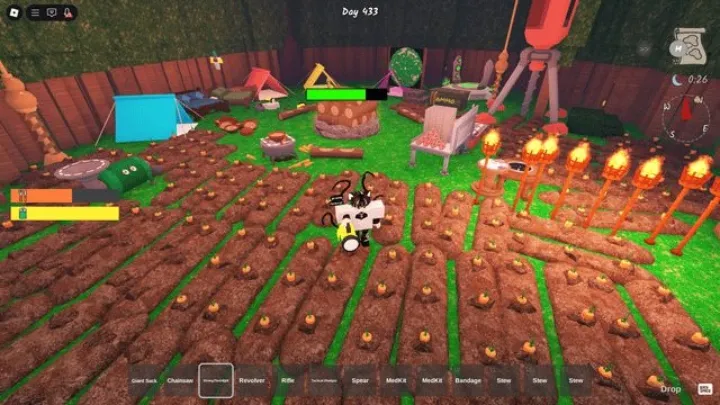 The Monsters Evolve: New Threats and Challenges
The Monsters Evolve: New Threats and Challenges
Over time, the game's developer has introduced new threats and monsters, each more terrifying than the last. The new monsters forced players to re-evaluate their strategies and pushed the game's meta in new and exciting directions.
Major Updates: The Introduction of New Biomes and Systems
The game's most significant updates have added new biomes, new crafting systems, and a variety of new challenges. The introduction of new biomes, such as the "Whispering Swamps" and the "Frozen Peaks," added new challenges and new resources for players to discover.
The Player Economy: The Value of Scavenging and Trading
The game's economy, which is based on scavenging and trading, has become a complex and fascinating part of the experience. Players can trade rare resources with each other, creating a unique, in-game market.
The Rise of Speedrunning: Conquering the 99 Nights
The game has also spawned a thriving speedrunning community. Players compete to complete the game in the fastest time possible, often using advanced strategies and glitches to shave precious seconds off their runs.
The Future of the Forest: What's Next for the Game?
The developer has been quiet about what's next for the game, but the community is already buzzing with rumors about new biomes, new monsters, and a potential sequel.
The Legacy of 99 Nights: Its Impact on Roblox
99 Nights in the Forest has left a lasting legacy on the Roblox platform. It has shown that a well-executed, high-concept game can find a massive audience and that a single developer can create a game that is as compelling as any AAA title.
A Final Word from the Developer: Looking Back and Forward
In a recent interview, the developer of 99 Nights in the Forest reflected on the game's success. "I never expected the game to get this big," they said. "The community has been the best part of this journey. They are the ones who truly made this game what it is."
Conclusion
99 Nights in the Forest is more than just a game; it is a testament to the power of a great idea, the dedication of a single developer, and the power of a passionate community. It is a game that is easy to pick up but impossible to put down, and its legacy will continue to inspire new games for years to come.
